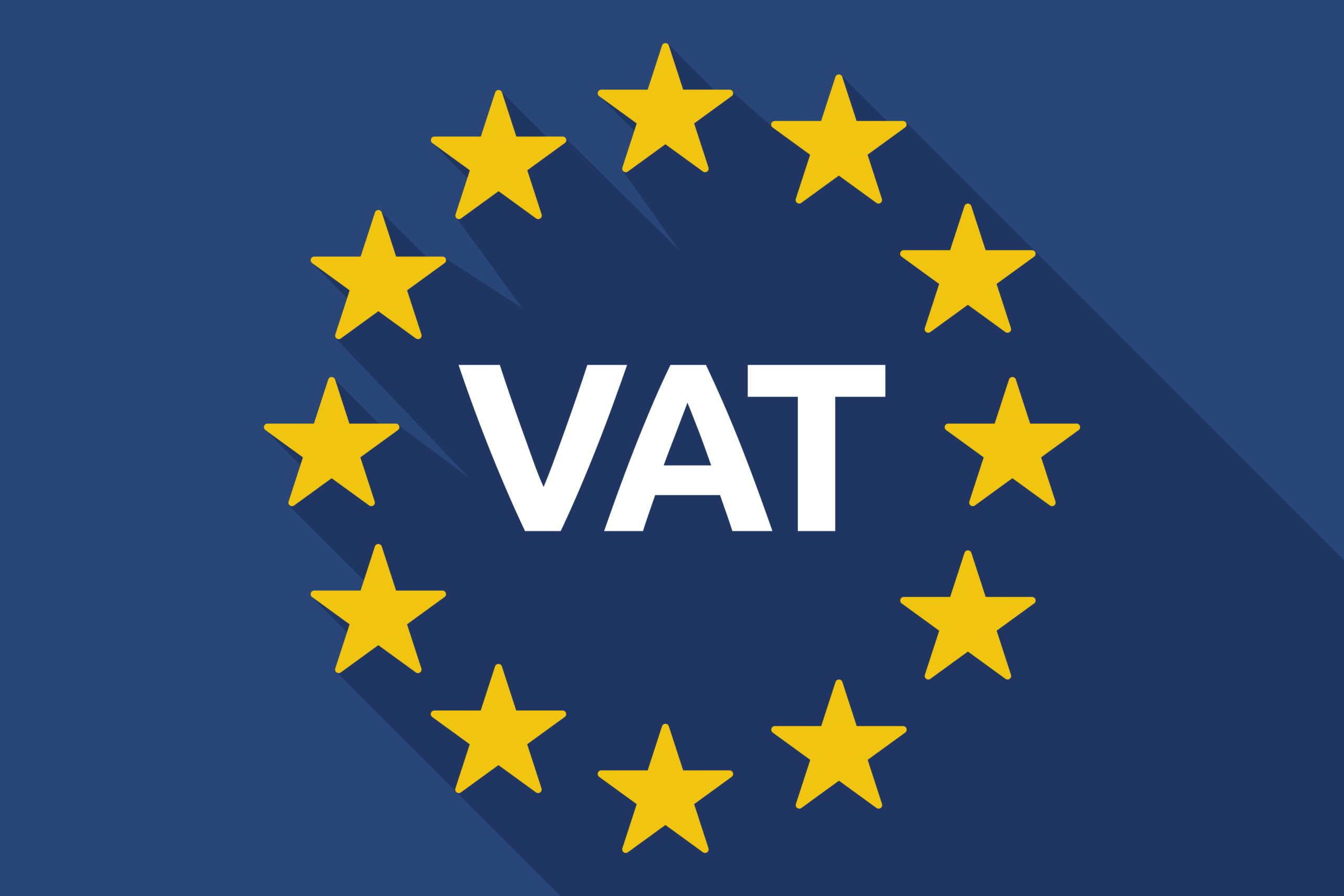What is the RZLT?
The Residential Zoned Land Tax (RZLT) was first introduced in the Finance Act 2021 and aims to increase housing supply by activating zoned and serviced residential development lands (including mixed-use lands) for housing. It is annual self-assessed tax, effective from 2025, calculated at 3% of the market value of applicable land.
The tax applies to land zoned for residential use and adequately serviced since 1 January 2022. Some properties are exempt from RZLT, such as existing homes that already pay the Local Property Tax (LPT). These properties may still appear on local authority maps.
Local authorities are required to prepare and publish maps that identify the land within the scope of RZLT. These maps are updated annually on 31 January.
Who is required to register for RZLT?
RZLT is a self-assessed tax. Landowners whose land appears on the annually updated map must register for RZLT. Residential properties that pay the Local Property Tax (LPT) are exempt, unless their garden or yard is larger than 0.4047 hectares (one acre). In such cases, registration is required, but no tax will be due.
You can register through the Revenue Online System (ROS) or MyAccount. Once registered, Revenue will assign a unique identification number to your site. Non-compliance may result in penalties.
Valuation
RZLT is self-assessed, based on the market value of the site on the valuation date. This means the landowner must initially determine and declare the site’s market value to Revenue. Revenue guidance suggests the following resources which may be helpful when determining the value position:
- Information from local estate agents or valuers;
- Commercial property sales websites;
- Newspapers or other media sources.
Revenue has emphasized the importance of comparing similar sites when using the suggested resources. These comparisons should consider factors like type, size, location, zoning, and planning permission status. Revenue may engage an expert to help determine the land’s value.
Key Dates for Landowners
- 27 January 2025: Registration for RZLT is live and available through Revenue Online System. Revenue have published guidance for the registration system.
- 31 January 2025: Final maps are published by local authorities.
- 01 February 2025: RZLT becomes chargeable for land that met the criteria on 01 January 2022 or during 2022.
- 23 May 2025: Deadline for submitting the annual RZLT return and payment. This return has to be submitted even if a deferral is being claimed.
Pay and File Obligations
An annual return must be submitted to Revenue, and any tax liability paid by 23 May each year, starting in 2025.
The RZLT legislation provides for surcharges and interest for non-compliance including late payment interest, failure to make timely returns and undervaluation of land. A penalty of €3,000 will apply where the landowner does not register for RZLT where required to do so.
Landowners are advised to maintain detailed records to allow Revenue to verify the RZLT due.
In certain circumstances, RZLT payment may be deferred.
2025 Rezoning Submission
Farmers can seek an exemption by requesting their land be rezoned to reflect its agricultural use.
Finance Act 2024 provides an opportunity for a rezoning request to be submitted to the relevant Local Authority in respect of land which appears on the revised map for 2025 published on 31 January 2025.
Where such a rezoning request is made, an exemption from RZLT may be claimed for 2025 where certain conditions are met.
To claim this exemption, you must register for RZLT and file a 2025 RZLT return by 23 May 2025.
Contact Us
If you require further guidance on the RZLT, please contact us.




 Ireland is an attractive place to set up a Holding Company for many reasons as outlined below.
Ireland is an attractive place to set up a Holding Company for many reasons as outlined below.




